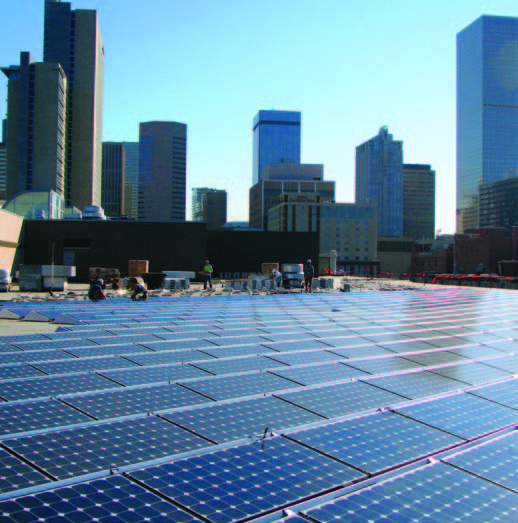This Saturday is World Water Day, and this year the focus is on the link between water and energy, a topic dear to my heart. Last year I offered some suggestions on how to celebrate World Water Day by focusing on saving energy. But we need the power sector to do its part, too. And, in some notable ways, it is. Here are four.
1. Power plants have moved away from once-through cooling
As the graph below shows, once-through cooling has fallen out of favor. Ditching it means a whole lot fewer water withdrawals. But it also means more investment (in cooling towers, for example), lower efficiencies, and potentially higher water consumption.

Power plant cooling technology choices, showing how our ideas about how best to cool power plants have evolved. (Source: EIA)
Still, many of the instances we’ve documented of plants getting into trouble because of their water habits have involved once-through-cooled plants. So those investments have paid dividends in terms of power plant reliability. (And, by avoiding withdrawals on the order of a billion gallons a day from a single power plant using once-through cooling, they can dramatically cut direct water impacts.)
2. The power sector is investing in improving low-water cooling options
For as long as we have steam-generating plants (chiefly coal and nuclear), we’ll need ways of cooling that steam. So another plus is that the National Science Foundation and the industry’s Electric Power Research Institute are doing something about that, working together to find and fund “innovative, ‘out of the box’, and game changing early stage dry cooling ideas and concepts” to improve efficiencies, cut costs, and shrink the size of dry cooling systems.
3. Renewables are booming

Low-water renewables are helping change our energy-water landscape for the better. Source: National Renewable Energy Laboratory
One way to get beyond energy-water issues is to pick technologies that just don’t need water for generating electricity. And that’s happening, big time, with wind and solar PV.
And, it turns out, there’s a whole lot more great potential there, an ability to ramp up water-saving energy options in ways that are good for our wallets (and our air and planet) and plenty manageable from a technical perspective.
4. We’re making choices that make a difference
Okay, this one isn’t so much a trend as a trend-that-could-be. As a recent UCS-led analysis showed, our choices make a big difference in how much water our power plants need (see graphs). Water-smart choices, it turns out, can seriously cut power plant water withdrawals and cut water consumption (and, we found, cut our electricity bills).

U.S. power plant water use under various scenarios, showing how our energy choices can make a big difference. (Source: Rogers et al., Water-Smart Power, 2013)
Keep moving, but celebrate as you go
So this World Water Day, when you’re thinking about the energy-water dimensions of the broader water picture, keep in mind that we’ve still got work to do. A lot of power plants are still heavily dependent on (and putting pressure on) lakes, rivers, aquifers, and oceans that have plenty of other things to worry about.
But also take heart in the fact that a lot of trends are going our way, cutting our power sector’s water dependencies, and moving us toward more sustainability. Even some leaders in Congress are looking to help.
And a lot more good stuff will be coming, if we keep making water-smart choices. Happy WWD.
